
Feel free to add tags, names, dates or anything you are looking for


On September 17, Andro Wekua’s solo show “It seems like that” was opened in Sprüth Magers, Berlin. This time, Wekua is presented among the “Berlin Art-week” shows, which is probably one of the most important events held in the city. Wekua, who is well-known for his complex expositions, displays here only five paintings. Nevertheless, their constellation creates a magical realm, drawing on different aspects of the artist’s practice. Like all his series, the presented works share significant similarities, that of distorted form and a striving for homogenized multiplicity, yet each painting achieves these effects in an individual way. Even the two paintings that are most similar in mood: “Iris” and “Half Moon” employ completely different techniques to create the multiple layers of blue, violet and purple soils – the first utilizes almost liquid-like thick, abstract shapes while the second depicts an image that has the appearance of a cracked surface. A similar effect is also present in two other abstractions: “Vardi” and “June, Berlin.” The former evokes the strong aura of a disappearing landscape. Delicate use of yellow, green and pink is evident, achieving an almost dream-like and captivating image of blossoming, but which knows nothing yet of its objective reality. It feels as if the soil, through the reaction of light and colors, escapes to another dimension, to a world that only manifests itself within a circulating and blinding vision – a strange diffusion of light with soil and blossom. “June, Berlin,” like “Half Moon,” also reveals itself in relation to the soil, as something from which forms and shapes are born, but again we encounter here the dazzling effect of homogenization, as if the forms are striving to return to their pre-existing conditions, uniting with the soil; metaphorically speaking: it feels like an attempt to escape from their immediate presence. This vision is blurred, not because of ephemeral depiction, but because it’s looped in a sort of inward-motion. The inwardness is obsessively present in every painting – re-imagined and reinvented each time, albeit in an individual fashion.

Andro Wekua. "It Seems Like That" - Vardi 13:45, 2021. Oil on canvas. 129 x 167 x 4.5 cm. Courtesy of Sprüth Magers Berlin. Photography Ingo Kniest
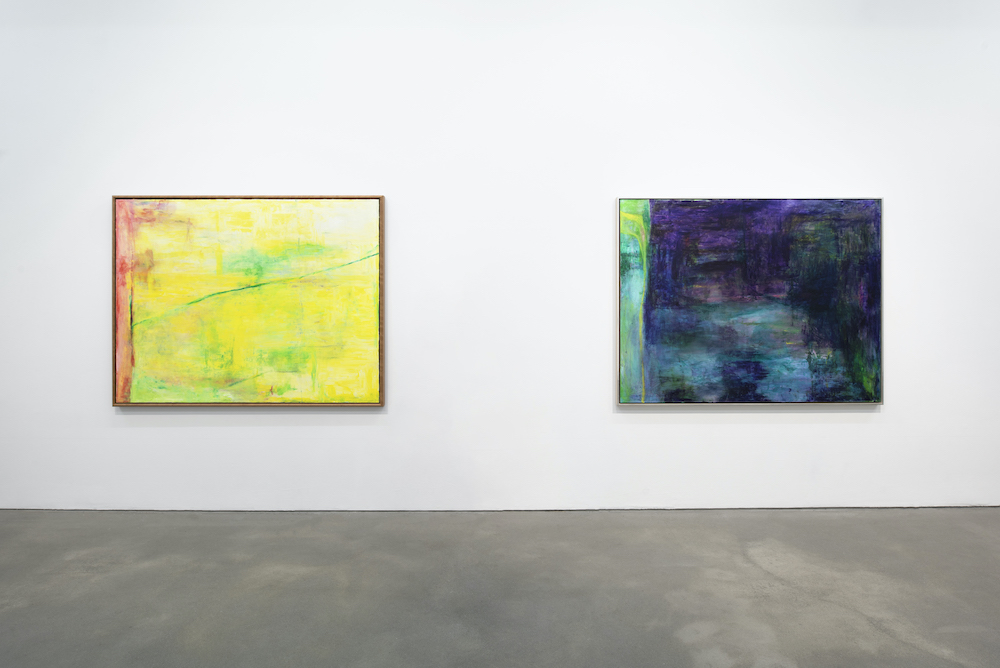
Andro Wekua. "It Seems Like That", Installation View. Courtesy of Sprüth Magers. Berlin. Photography Ingo Kniest
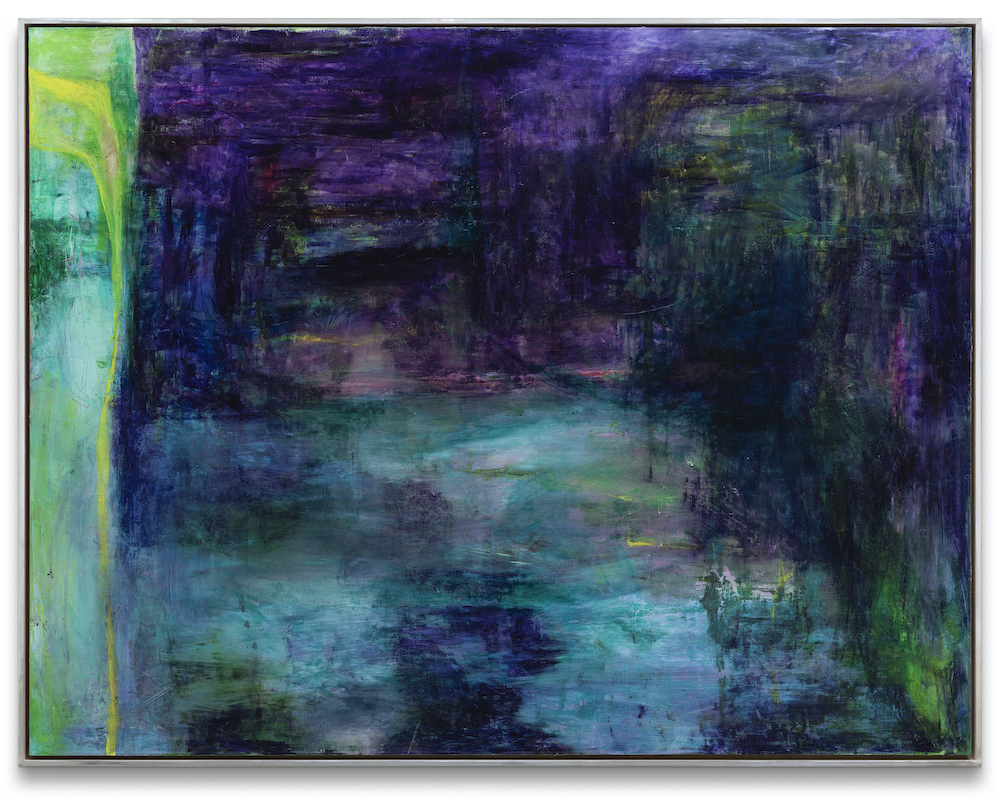
Andro Wekua. "It Seems Like That" - Iris 9:10, 2021. Oil on canvas. 129 x 167 x 4.5 cm. Courtesy of Sprüth Magers, Berlin. Photography Ingo Kniest
Now, the matter of soil can be taken and explored further in order to understand this problematic aspect of Wekua’s paintings, i.e. the complex relationship between the homogenizing image and the contradictory, almost repulsive movement(s) of its details. The soil, originally the background of the painting, can be presented in different ways. It can appear flat, or realistic, abstract and distant, or dominant and depending. But in Wekua’s paintings the background’s presence has a dimensional purpose. It is simultaneously the opening and closing of the image. The forms derive directly from the backgrounds and are absorbed back in an imaginary motion, which is technically produced through the use of blurred shapes, incomplete elements, abstract visions and colorful dramatization. Almost the same effect can be found in nature (living organisms are born from the earth and are subsequently absorbed by it). Nevertheless, we should not attempt to understand them allegorically, or even symbolically. There is no “hidden meaning” or “code” behind them. Most likely the only way we can view them is as: an organic diffusion. The forms that are born directly from this background begin rotting or decomposing immediately, but again, here this has nothing to do with organic decomposition. Moreover, it is a sort of metaphysical decomposition, something that manifests the conditions of the other world, rather than those of ours (i.e. physical, real, etc.). Yet none of the images are unreal; they all encompass their particular realities in the way that they are organic, actual, present and mobile. Thus bringing out all the qualities characteristic of natural processes, reinventing the life-cycles: birth and death, creation and destruction, blossoming and rotting; even the psychological polarity of attraction and repulsion is present. This makes Wekua’s pictures alive and it is probably why they are immediately withdrawn from artistic influence* once they are completed. Paradoxically, the act of completion can be seen as an animating point. Once the motion is triggered, it begins a life of its own, making it impossible to uncover the whole image, to code it, to refer to anything other than its own organic content, which derives from the relation to its soil.
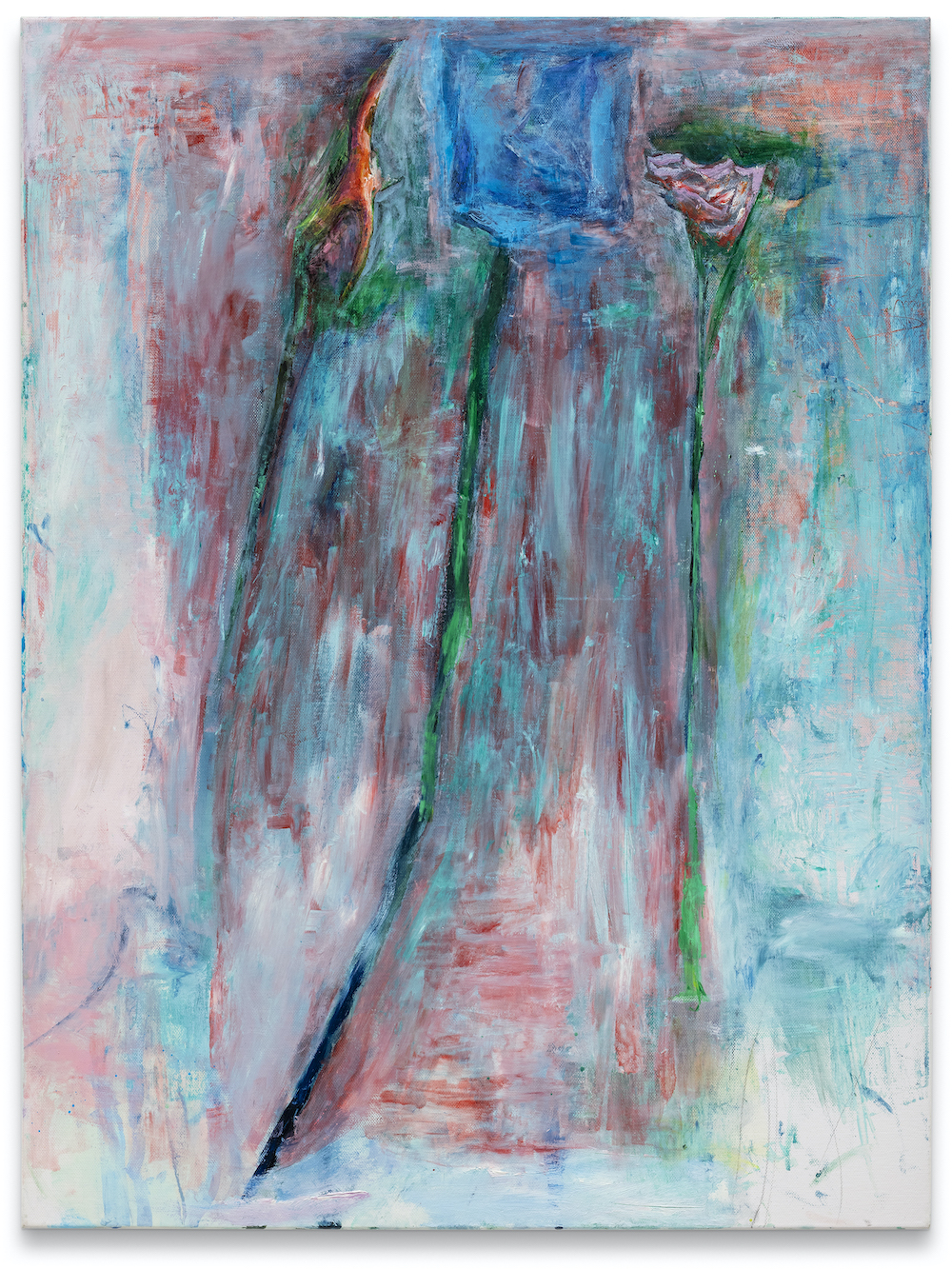
Andro Wekua. "It Seems Like That" - June Berlin, 202. Oil, pencil and chalk on canvas. 80 x 60 cm. Courtesy of Sprüth Magers. Berlin. Photography Ingo Kniest
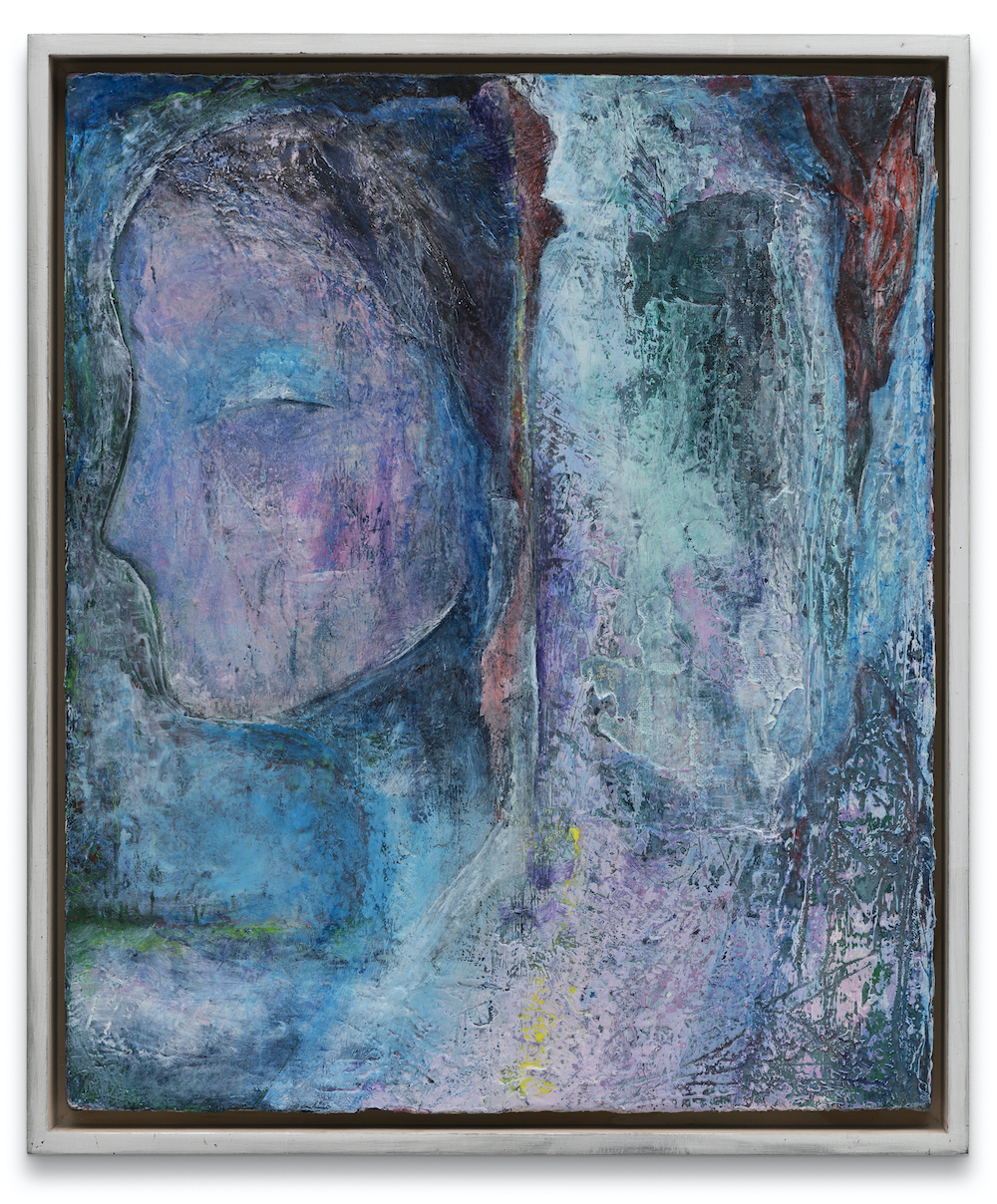
Andro Wekua. "It Seems Like That" - Half Moon. 2017/2021. Oil on canvas. 30.2 x 36.5 x 2 cm. Courtesy of Sprüth Magers. Berlin. Photography Ingo Kniest
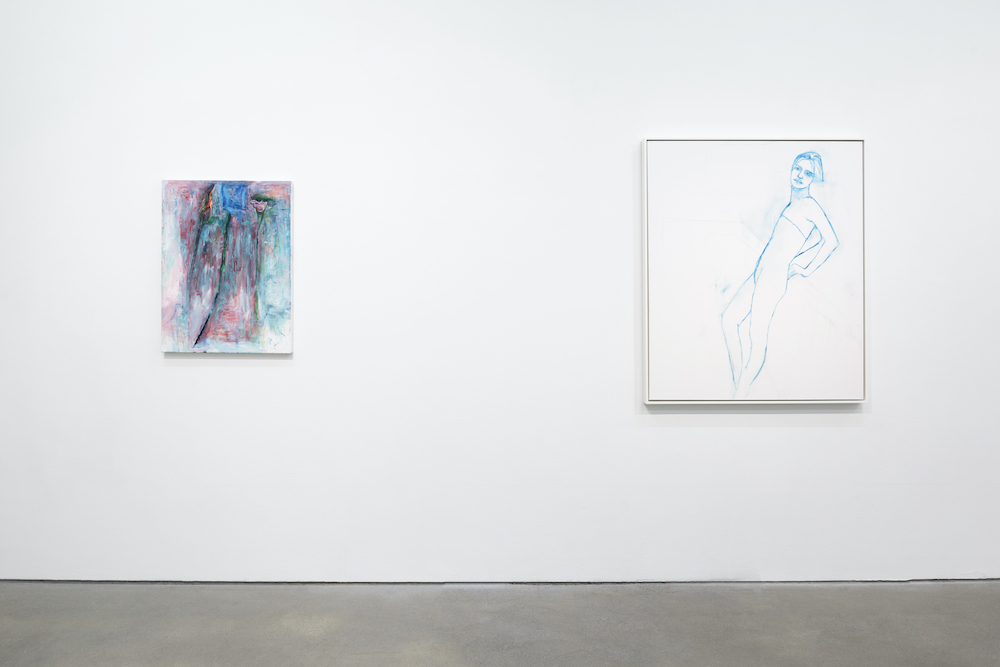
Andro Wekua. "It Seems Like That". Installation View. Courtesy of Sprüth Magers. Berlin. Photography Ingo Kniest
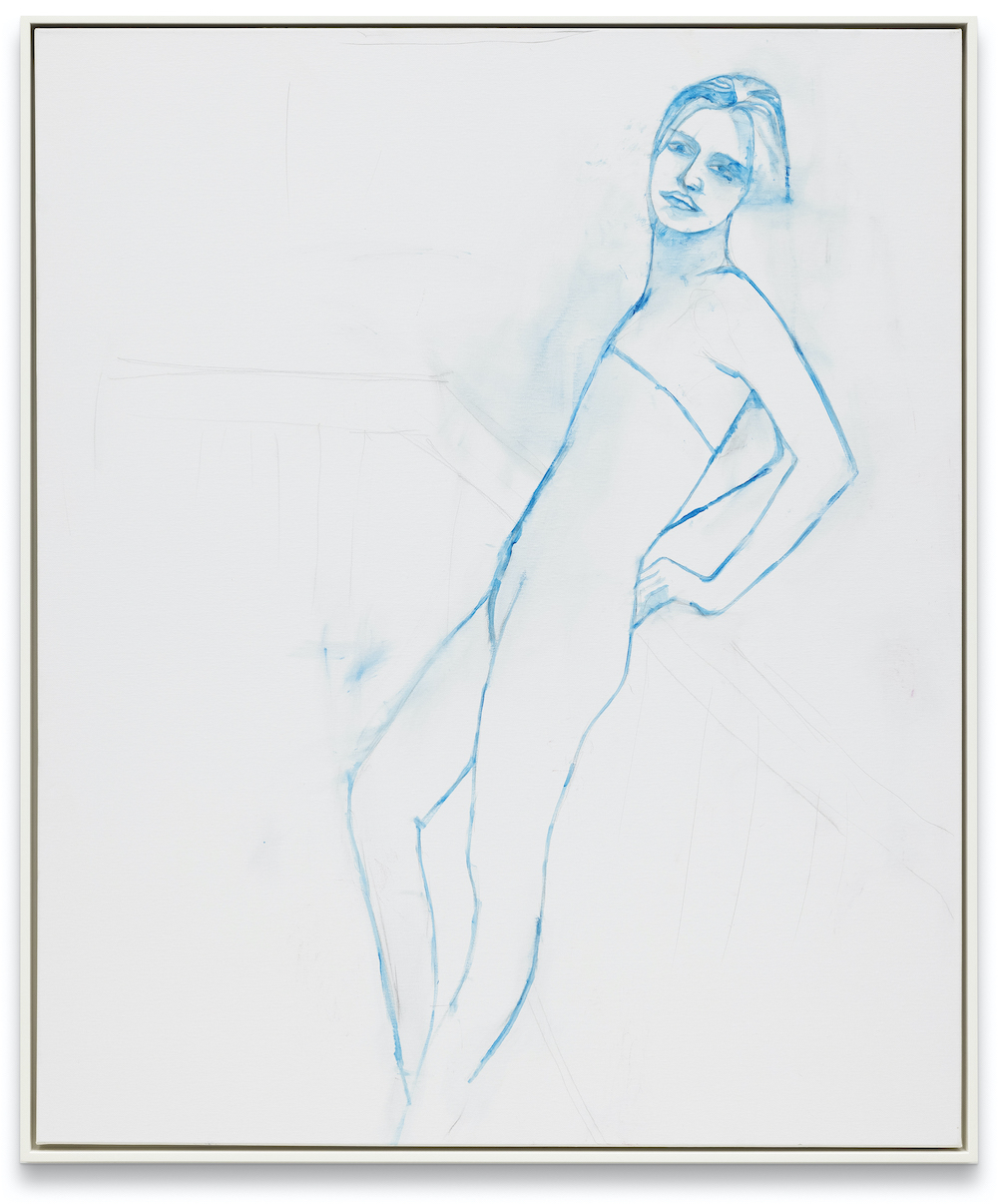
Andro Wekua. "It Seems Like That" 2021. Oil and pencil on canvas. 120 x 100,2 cm. Courtesy of Sprüth Magers. Berlin. Photography Ingo Kniest